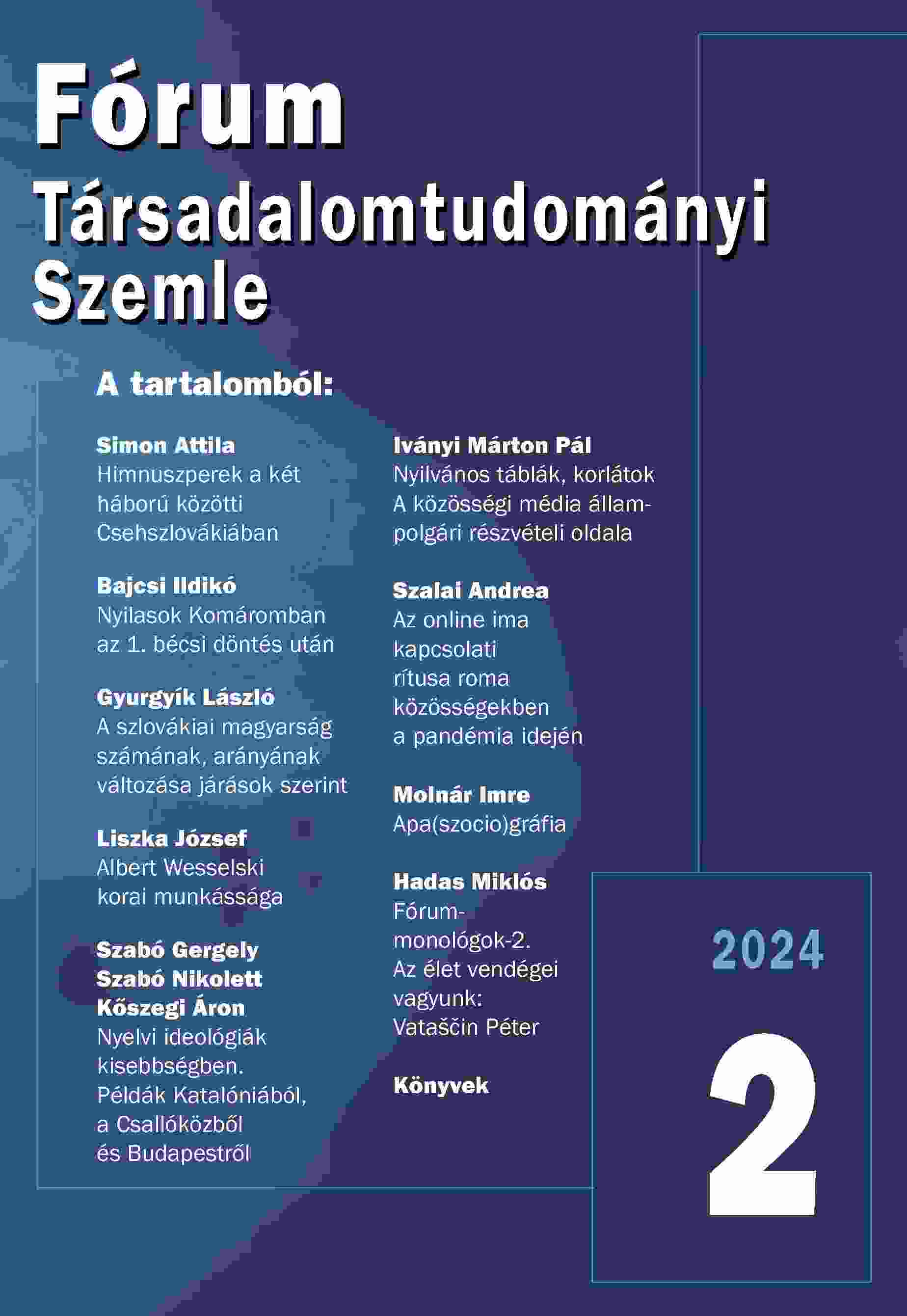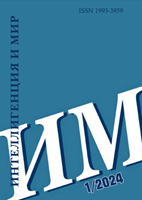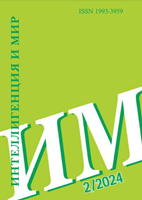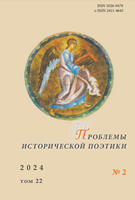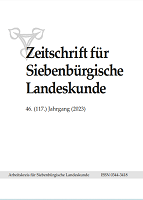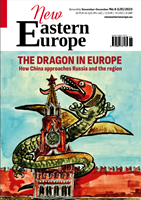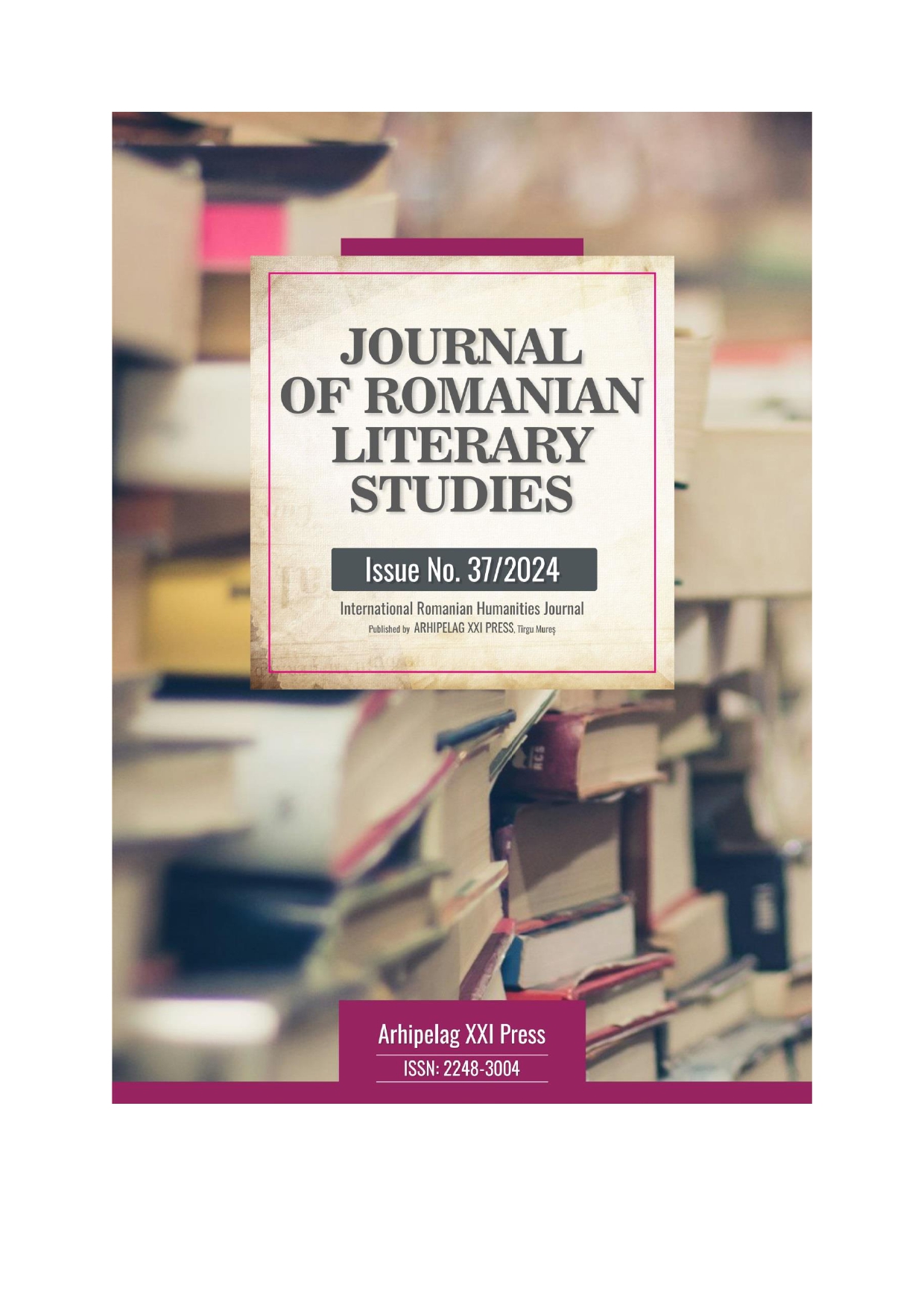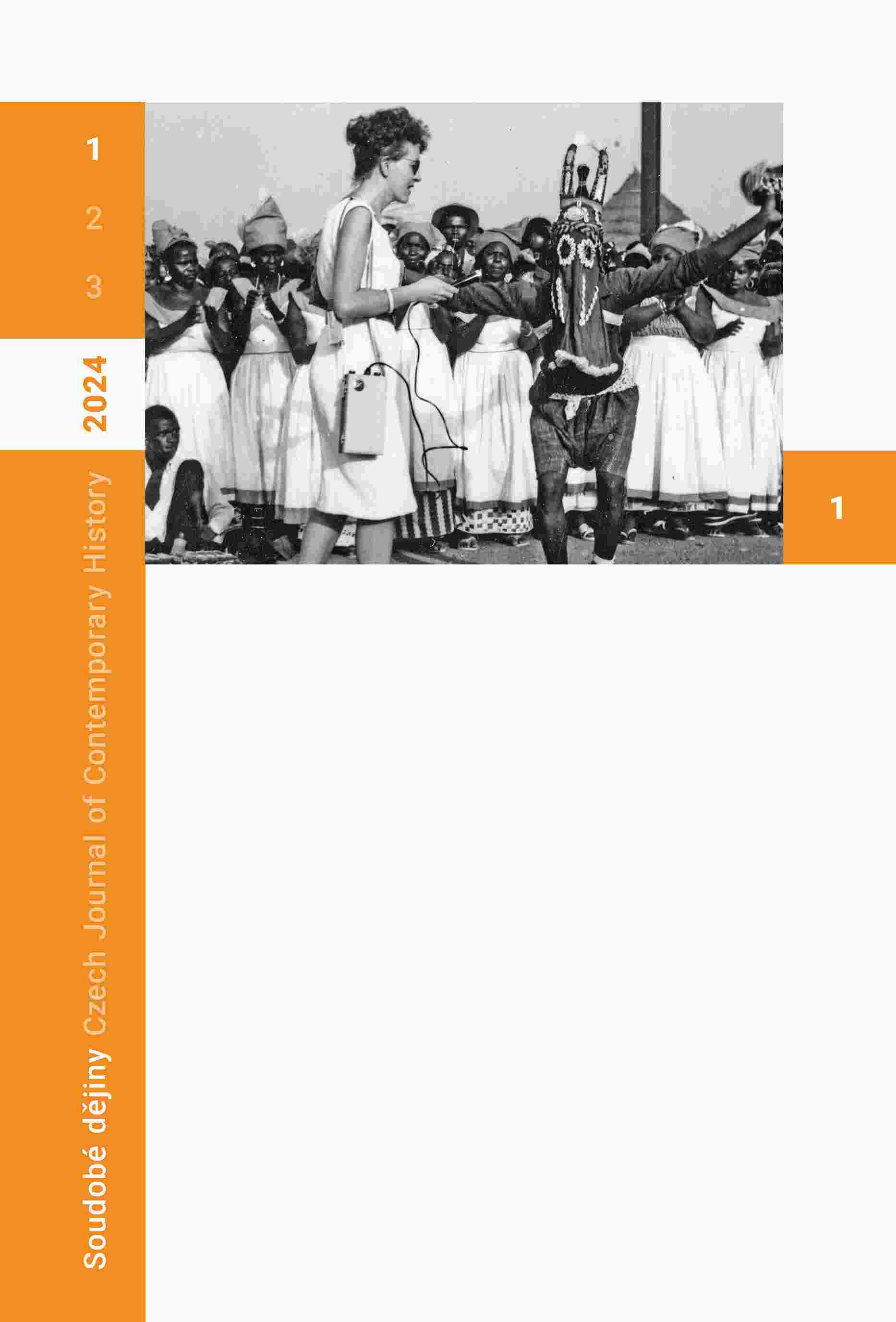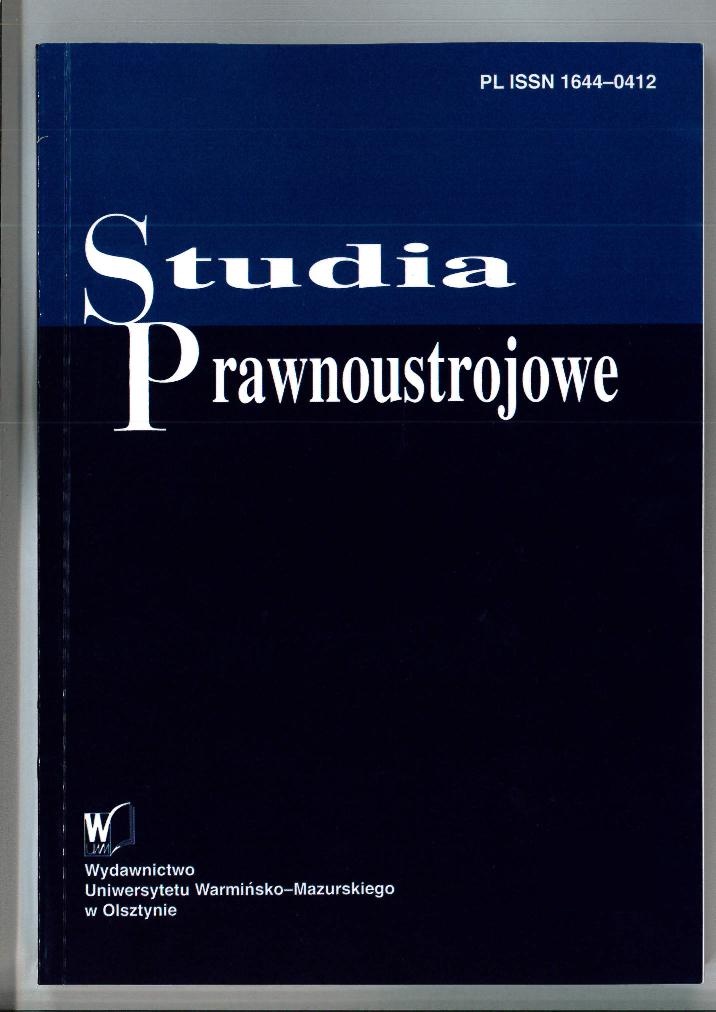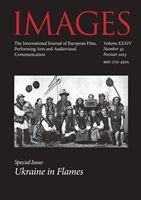Author(s): Grigory I. (Abbot Herman) Dvortsov / Language(s): Russian
Issue: 1/2024
The study, based on the biographies of family members of priest V. S. Avdakov, examines the problems of the transition of his five children from the pre-revolutionary clerical estate to the Soviet intelligentsia formed during the civilizational breakdown of the 1920s—1930s. Special attention is paid to the issues of their spiritual and secular education, their relationship to the Church and family. Biographical, prosoprographic and historical-genetic methods allowed us to study the biographies and psychological characteristics of members of the family of V. S. Avdakov during the formation and strengthening of the Soviet state. The author comes to the conclusion that the transition of V. S. Avdakov’s children to the intelligentsia began in the pre–revolutionary period, when the daughter received a pedagogical, and the eldest son received a medical education. During World War I, two more sons began their medical education and completed it in Soviet times. Despite their origin from the spiritual estate, declared hostile to the Soviet government, the three eldest sons of V. S. Avdakov became doctors, which was facilitated by their participation in the Civil War on the side of the Red Army. The foundations of the worldview of V. S. Avdakov’s children were laid by their upbringing in a patriarchal priestly family and spiritual educational institutions of the Vladimir diocese. The study revealed three types of their attitude to the Church: 1) heroic-ascetic — by N. V. Avdakov, who in 1922 became a priest and was repeatedly subjected to repression; 2) private-conformist — by K. V. Avdakov, V. V. Avdakov, M. V. Karabinova, who did not demonstrate their religiosity in public life; 3) complex or negative — by S. V. Avdakov, who had a successful career as a military doctor. In the 1930s, two sons of V. S. Avdakov, a priest and a military doctor, died as a result of repression. Only the daughter of V. S. Avdakov, M. V. Karabinova, had a successful family life. All the rest of his descendants either lacked it, or had a short-term or non-standard character. Thus, the study succeeded, on the one hand, to trace the process of destruction of the Orthodox family in the 1920s and 1930s, on the other — the desire of its members to fit into the structure of Soviet society.
More...
